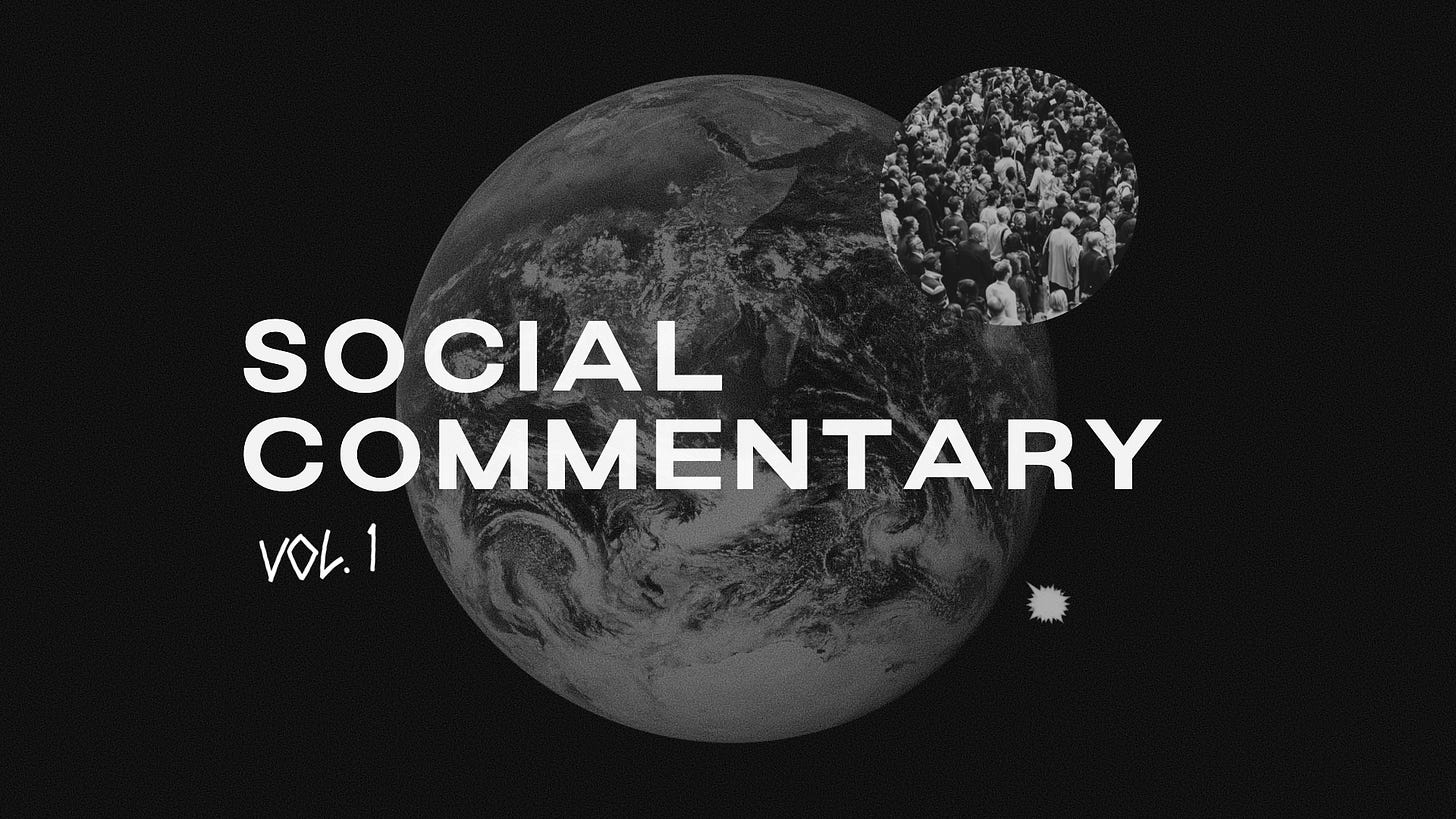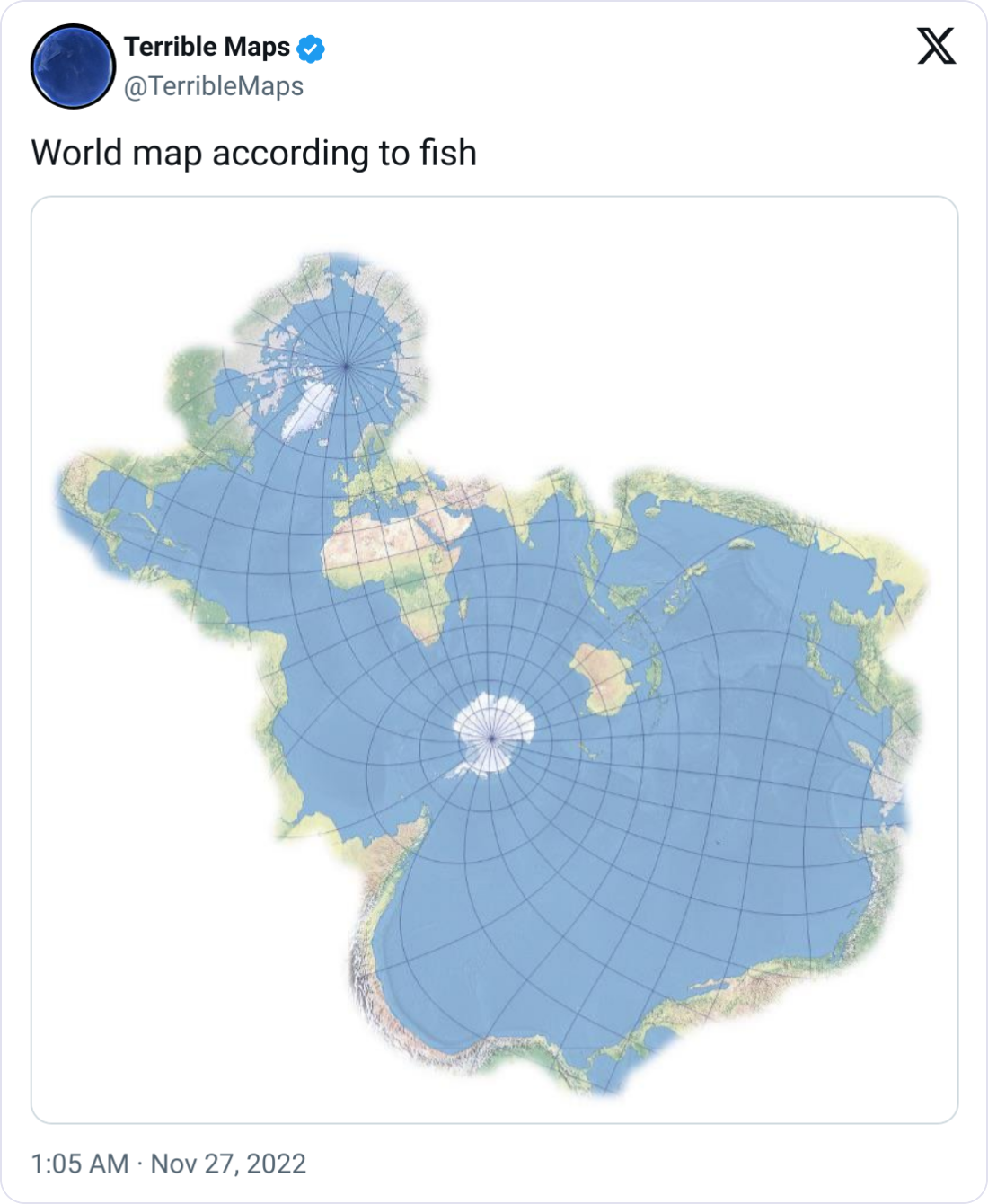SOCIAL_Commentary_Vol.1
Critical meme analyses
SOCIAL_Commentary is a reading of our memes — theorizing what they say about the zeitgeist — an expression of collective truths.
More: All Volumes
Your perspective isn’t the only one, nor the right one.
There is no “right” one.
Just yours.
Real or not... Equipping everyone with social platforms over the last decade has pulled back the curtain on service-based employment — we now have access to behind the counter shenanigans few were ever aware of. It’s been a regain of social control. The voice at the drive-thru is not just a voice but a real person... one with power.
But then there’s the other side of this: the flurry of YouTube videos and TikToks over the last decade of those who torment drive-thru workers from the safe distance and protection of their cars. At best, it’s been mildly entertaining, and at worst: a startling look at class warfare treated as a joke.
Look long and hard enough and you’ll find patterns in everything.
This is “branding.”
There’s an incredible Godin quote: Imagine if Nike made a hotel. Now imagine if Marriott made a sneaker.
We can picture that Nike hotel. The latter, not so much.
This difference is branding.
Nike has a brand. Marriott does not. Name three distinct characteristics between Marriott and Hyatt. You can’t.
You can’t because they don’t have a brand.
Wes Anderson’s aesthetic is a brand. Consistent differentiation.
This is what anyone building a brand should aspire to.







